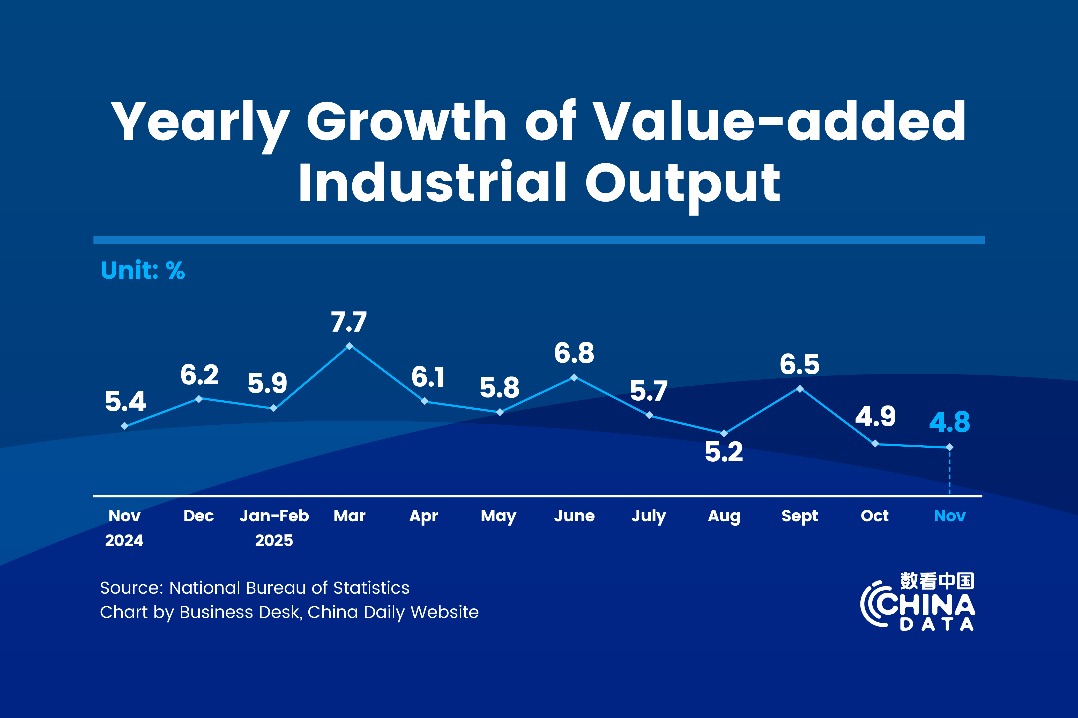Bank takes broader view of trade dispute

Economists have offered a new approach to depict a fuller picture of commercial relations between China and the United States, rather than just focusing on trade imbalance data, which they said was misleading.
A Deutsche Bank report using "aggregate sales balance" — which includes both trade balance and sales generated through subsidiaries through foreign direct investments in destination countries — has found that the actual bilateral imbalance between the world's two largest economies is much smaller than previously estimated.
The report said it is misleading to judge economic exposure between two countries by looking only at the trade balance. The report further said it is mutually beneficial if the two countries avoid a trade war.
The report starts by citing a simple example: General Motors sold more cars in China than in the US last year, but these cars did not show up as US exports to China because they were made and sold in China.
"The US business interests in China are much larger than what the trade data show. The looming trade war puts these interests at risk," according to the report, which was conducted by the bank's Chief Economist for China Zhang Zhiwei and Economist Xiong Yi.
It finds that total sales by US firms in China was $372 billion in 2015, including $223 billion by their subsidiaries in China and $150 billion through exports from the US to China, using data from the US Bureau of Economic Analysis.
By comparison, Chinese firms sold about $402 billion of goods and services to the US in 2015, including $10 billion through Chinese subsidiaries in the US and about $393 billion through exports.
It suggests that the aggregate sales balance was only a $30 billion deficit from the US perspective in 2015, small when compared with the trade deficit of $367 billion that year released by the US side.
"The imbalance between China and the US was large, but it has already corrected in the past 10 years, with US and Chinese firms now benefiting equally from each others' markets. Each side has a lot to lose from a trade war," according to the report.
Colin Grabow, a policy analyst at the Cato Institute's Herbert A. Stiefel Center for Trade Policy Studies, said: "This report helps illustrate the deeply intertwined nature of the US-China economic relationship, which some of the most frequently cited statistics do not fully capture."
Liang Ming, director of the Institute of International Trade at the Chinese Academy of International Trade and Economic Cooperation in Beijing, said the US side should note that international trade statistics are prepared without taking into account the development of global value chains.
The data gathered by customs authorities used to analyze China-US trade relations are not enough to reflect how much the two countries have benefited from the bilateral trade, Liang said.
The Sino-US surplus between 2010 and 2013, if calculated by trade in added value, would have been 48 percent to 56 percent lower than the figure measured by the conventional method, according to the Chinese Academy of Sciences.
Zhong Nan contributed to this story.
Contact the writers at jingshuiyu@chinadaily.com.cn




































